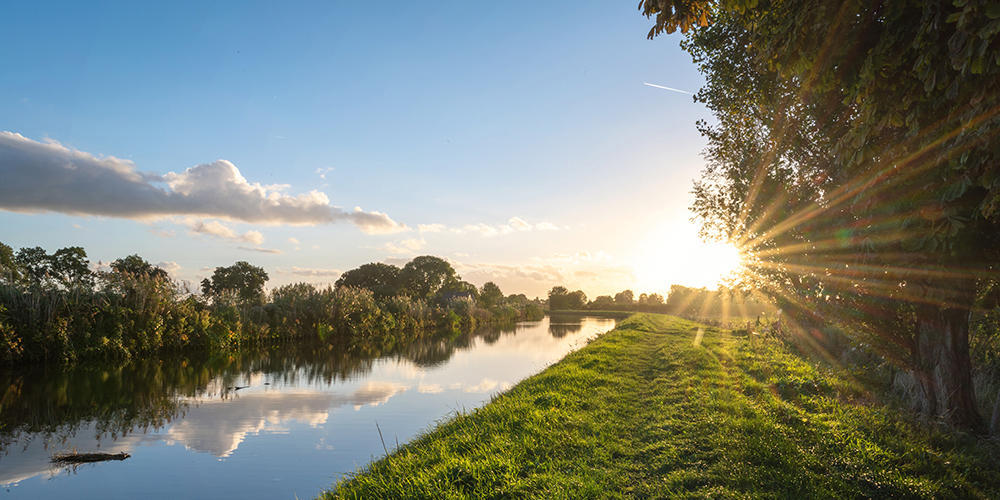En route to sustainable logistics Vol.1
November 9,2022
-
At this very moment, millions of tonnes of freight are being transported on trucks, ships, planes, and trains to keep our global economy running . And though a shipload of recent shocks - pandemic lockdowns, shortage of drivers and dock workers, a freak blockage of the Suez Canal, to name the major ones - snarled up supply chains temporarily, the volume and value of global cargo has recovered. In 2021, both surpassed pre-Covid levels.

- The question now is how to ensure that this circulation of goods can be made not just resilient, but also sustainable for the planet.
- Currently, freight transport generates some 8 per cent of global greenhouse gases, and up to 11 per cent when warehouses and ports are included. Emissions are expected to grow in tandem with increasing trade, driven by growth in e-commerce and developing markets in Asia, Africa, and Latin America. At current rates, freight volumes are estimated to nearly triple by 2050 compared to the 2015 level . This means freight forwarding may become one of the highest emitting sectors globally.
- But the growth in trade doesn't need to come at the expense of the environment. Replacing fossil-fuel with electric, hydrogen, and biofuel powered transport is one necessary step. A "modal shift" to less carbon-belching modes of shipment -- using rail rather than trucks, ships rather than planes, if delivery requirements permit - is another.
-
Equally important is ensuring that cargo-space is utilised fully. In maritime shipping, which moves over 80 per cent of all international freight, one in every three containers is estimated to be transported without anything inside. Empty containers cost the industry billions of dollars and the environment tonnes of carbon.

- Truck transport, too, is confounded by underutilised cargo space. For example, the truck loading rate in Japan has fallen in recent years to as low as 40 per cent driven by changes such as time-sensitive delivery of small and diverse lot orders as well as the rise of e-commerce.
- ― Orchestrating greener logistics
- How to coordinate multiple shipments of diverse delivery requirements, sorting and combining them across different modes of transport, borders, and regulatory environments, all the while minimising emissions?
- Few companies are as suited as the Nippon Express Group, Asia's largest and one of the world's leading global logistics service providers, to orchestrate the shift to green logistics.
- To start with, the forwarder offers an unparalleled network of sea, land, and air transport. This meant Nippon Express was, for example, able to avoid locked-down harbours and conflict zones to maintain supply chains for its customers during recent disruptions. These capabilities can also be used to reduce emissions through modal shift options.
This content was paid for and produced by Nippon Express in partnership with the Commercial Department of the Financial Times.